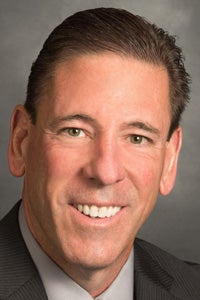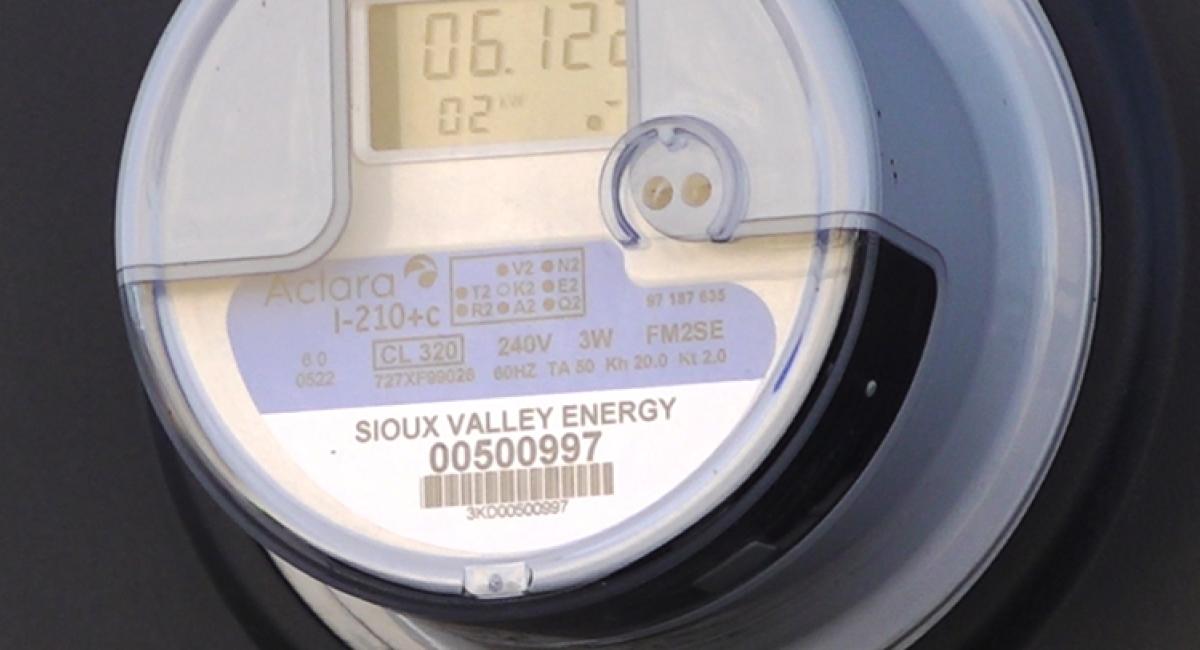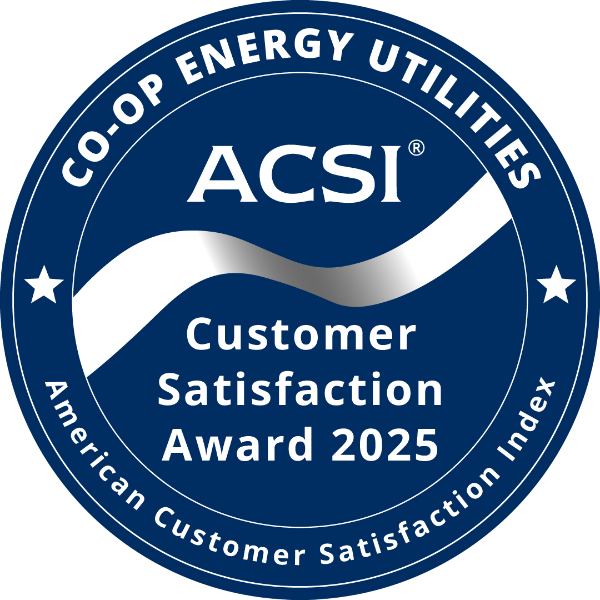
Sioux Valley Energy
General Manager/
Chief Executive Officer
There is one question that we get routinely here at Sioux Valley Energy and that is – Why do I pay less or more for my electric service than someone else?
Sioux Valley Energy has several rate classes, but for the sake of this discussion we will focus on some of the most common which include Residential, Rural Residential, and General Service.
Residential members live in mostly congested areas in or around cities or towns. Rural Residential members are more spread out and live in rural areas or on farms. General Service accounts are often sheds or other services that do not use a significant amount of electricity. Each of these rate classes pays a different Basic Service Charge for single-phase service.
There are two components of rates for these services – the Energy Charge and the Basic Service Charge. The Energy Charge is the kWh line item on your bill. It measures and accounts financially for the amount of electricity you use over a period of time. The Basic Service Charge covers the fixed costs associated with providing electricity to your location.
Fixed costs include items such as meters, transformers, electric lines, and billing. These costs are independent of your electric usage. In fact, you could use no electricity, and you will still have the Basic Service Charge because there is a cost to the infrastructure that makes electricity available to you 24/7.
So why is the Basic Service Charge different for various rate classes? It’s all based on the average of what it costs to get electricity to a location and the return on that investment to recover the initial expense and maintain the account over time. Sioux Valley Energy conducts a ‘Cost of Service’ study routinely to ensure that rates generate enough revenue to cover the cost of providing the service and reflect why the costs occurred. In other words--what caused the cost.
Let’s look at an example – A large shed that has lighting and some outlets for occasional use is considered a General Service account. This account, which uses very little energy throughout the month, still has a significant amount of infrastructure needed to power the lights and occasional plug-in load. The infrastructure requirement to get the service to this structure is every bit as expensive as what it would cost to run service to a home. It can sometimes be more expensive based on location. While the kWh charge is the same as Residential and Rural Residential accounts, the Basic Service Charge for this single-phase General Service account is more. The reason for the higher Basic Service Charge is because there is very little to no revenue recovery from energy use to help pay for that fixed infrastructure cost.
There are several ways to design electric rates. At Sioux Valley Energy, our rates are designed to address costs where they are created, and our Board has worked hard over the years to eliminate cross subsidization of rates, so each member pays as closely to the true cost they create on the system.
Within that structure, the largest portion of the fixed cost attributed to any rate class is collected in the Basic Service Charge while the remainder is collected incrementally in the variable energy usage. This methodology helps eliminate vast subsidization across rates classes. We review the cost of service for our rate classes on a regular basis. This helps provide our members with electric rates that are fair and equitable.
If you have questions on your electric bill, contact Sioux Valley Energy’s Member Services Department at 877-511-8062. You can also sign up for online account management through SmartHub.
Start by downloading the SmartHub app today.
As I close this month, I just want to remind you to keep safety on your mind and be aware of your surroundings if you are out in the fields doing spring work – watch for overhead lines and other electrical equipment when moving machinery. Also, keep an eye out for crews working on the side of the road. Slow down, move over, and keep our crews safe as they do their work.



